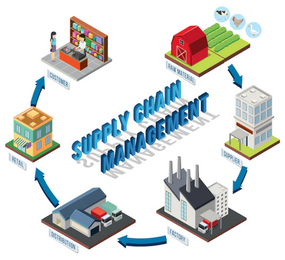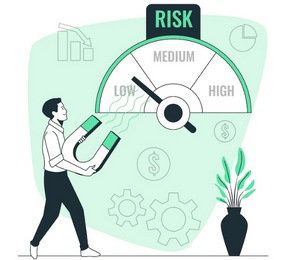Image processing is a technique for analysing and modifying digital photographs to draw out information and enhance their visual appeal. Image processing can be used in supply chain management to increase the effectiveness of outgoing goods control, which entails evaluating products prior to shipping to make sure they adhere to quality standards and are packaged properly.
AI-powered image processing algorithms can examine photographs of products, labels, and packaging automatically to spot flaws, check for legal compliance, and make sure the appropriate products are packaged in the proper ways. This can lessen the possibility of errors and delays while also enhancing the accuracy and speed of outgoing goods control.
For instance, image processing can be used to find flaws in products like scratches, dents, or malformed ones that are challenging for humans to spot. It can also be used to make sure that laws are being followed, like the need for proper labelling and packing.
AI-powered image processing can also aid in reducing the requirement for labour- and error-intensive manual inspections. Companies can increase their productivity and cut expenses while maintaining high standards of quality control by automating outbound products control with image processing.
In terms of supply chain management, image processing is a useful AI application that can aid businesses in streamlining their departing products control procedures. With AI-powered image processing techniques to automate inspections, businesses may decrease errors, increase efficiency, and ensure that their products meet high standards of quality and compliance.
Find out more on “Image processing” on 30th May - 1st June, 2023 at the Supply Chain Risk and Resilience Forum, in Berlin, Germany so you don't feel left out in the industry!
To register or learn more about the Forum please check here: https://bit.ly/3DsfWE4
For more information and group participation, contact us: [email protected]
















